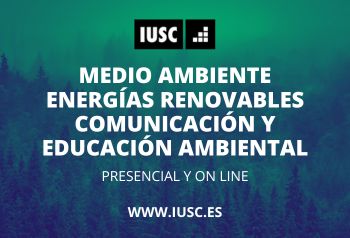Since 2020, a group of UAB researchers have been analyzing the behavior of the biodiversity that lives under the Red Eléctrica linesas these open locations host a highly nourished ecosystem in which several species of insects stand out, such as butterflies.
Researchers from the Autonomous University of Barcelona (UAB) have discovered this new locations of ant moth colonies (Phengaris alcon) under the Red Eléctrica transport lines, which could serve as a refuge for biodiversity and in particular for species from open areas such as this lepidoptera, one of the most endangered in Catalonia.
Like many others insects and pollinators, the ant moth is in decline in Catalonia, where its distribution is limited to specific areas of the Pyrenees and other locations in open areas, often linked to extensive livestock farming in the mountains, and also in harvested pastures. Much of the population decline is due to changes in land use and other human-induced changes.
Specifically, the decline in the traditional use of livestock has led to the growth of undergrowth and the expansion of the forest. habitat fragmentation which, together with the small size of some populations, is causing the disappearance of populations of this butterfly species.
This regressive trend has caused the ant moth is classified as “endangered” in the Fauna Catalog of Catalonia and in the Atlas and Red Book of Invertebrates of Spain, of the Ministry for the Ecological Transition and the Demographic Challenge.

The discovery of the new sites and colonies has been made possible thanks to ‘Naturaleza en Red’, a collaboration between Redeia, the parent company of Red Eléctrica, the Autonomous University of Barcelona and the environmental entity Bufalvent, carrying out a joint project with the aim of investigating biodiversity under power lines; evaluate the effect of management on fauna and flora and cartographyr the lines that are of greater importance as biodiversity refuges for species in open areas.
Studying butterflies since 2020
Nature on the internet started in 2020 and focuses on pollinators, but also on the flora associated with the open spaces generated by forest management under the safety streets of the electric transmission lines and the supports (also called ‘towers’) of electricity.
In this way it was not only possible to enjoy the wealth and abundance of species of butterflies, but also diptera and hymenoptera. Furthermore, the project researchers, Xavier Munill, Ana Morton and María Font, highlighted the large number of orchid species detected under these lines.
“Power lines create a discontinuous mosaic of unique refuges for species in open space. These islands of biodiversity are in many cases vital spaces due to the level of biodiversity current threat to some species of flora and fauna. This study provides a new vision for areas of forest management under power lines, allowing the conservation and management of pollinator species and unique flora,” explains Ana Morton, professor at the Department of Animal Biology, Plant Biology and Ecology at UAB.
In the past two decades pollinators have suffered declines in their populations at local, European and global levels. This group of insects is essential to the ecosystem because they not only keep it healthy and resilient, but are also critical to agriculture and human health.
Biodiversity corridors under power lines
The results of this research funded by Redeia will make this possible evaluate the richness and abundance of fauna and flora which focuses on these spaces under the lines, the presence of endangered species and the effect of the lines as points of biodiversity. It is expected that these results will help implement management that takes into account the most vulnerable species, thus promoting their conservation and distribution.
“This scientific collaboration allows us to demonstrate that high-voltage lines behave as biodiversity corridors, creating spaces and opportunities for fauna and vegetation. They are ‘oases’ that provide shelter and food for a very diverse fauna. So under the lines of the lines electric Many species move through the area. In fact, Spain’s electrical energy transmission network could connect 60% of the region’s spaces Red Natura 2000” says Antonio Calvo Roy, sustainability director at Redeia.
According to these scientists, the biodiversity corridors that form under power lines are fundamental to enable the connection between different habitats, as they have shown with the case of the butterflies anthills.

